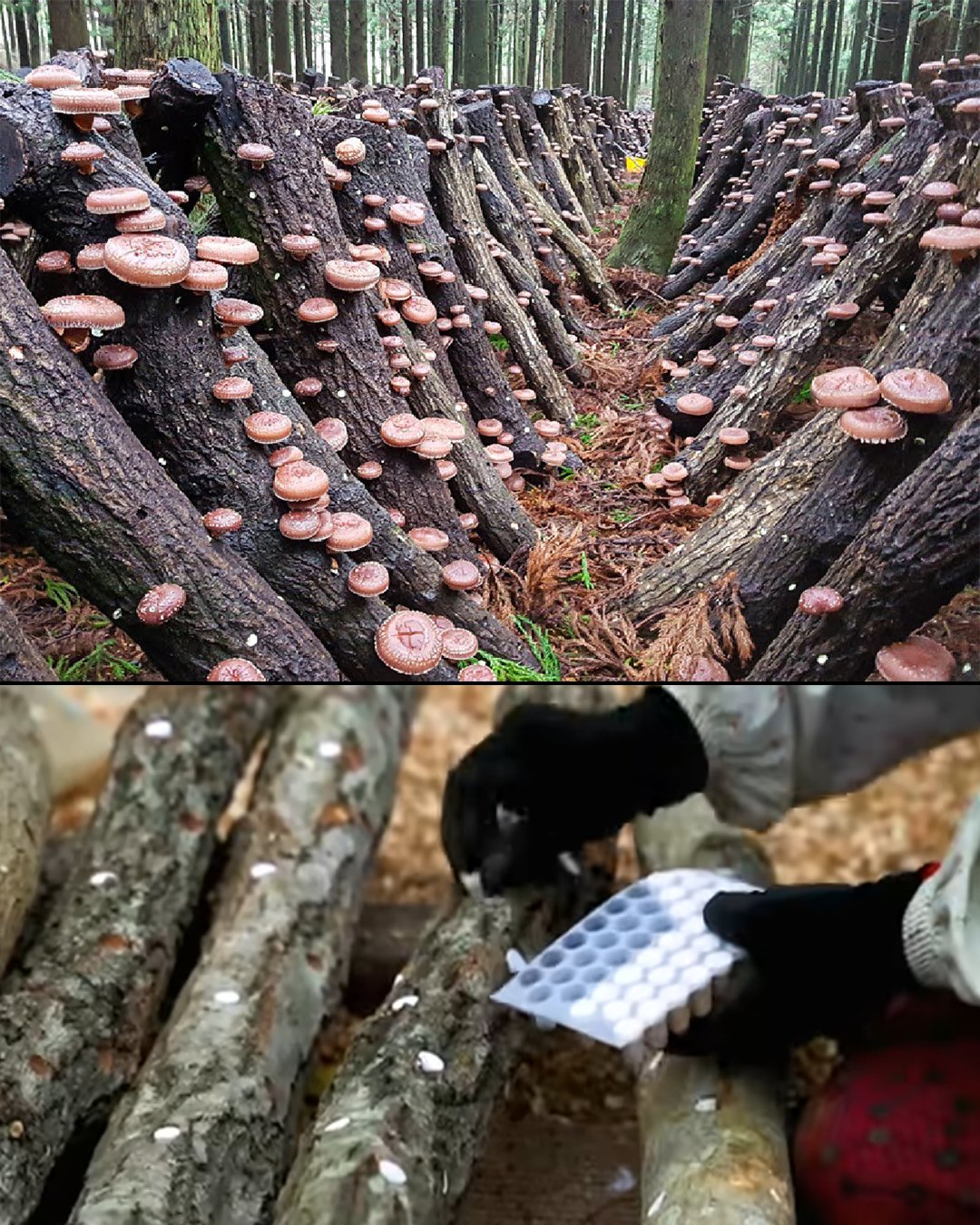Blueberries are delicious and healthy fruits that you can easily find at your local grocery store. But did you know that you can grow your own blueberry plants from the blueberries you buy? With the right techniques, you can enjoy a bountiful blueberry harvest right in your own garden. In this article, we will guide you through the process of growing blueberry plants from store-bought blueberries.
Materials Needed:
Fresh blueberries from the grocery store
A potato masher (or similar utensil)
A container or bowl
Water
Paper napkins or towels
Planting trays or pots
Compost or potting mix
Step 1: Selecting Ripe Blueberries
The first step in growing blueberry plants from store-bought blueberries is to select ripe, high-quality blueberries. Look for plump, juicy blueberries with a rich color. It’s advisable to choose the largest blueberries available, as they will yield more substantial seeds for planting.
Step 2: Extracting the Seeds
To extract the seeds from the blueberries, you’ll need a potato masher or a similar tool that you can use to gently break the pulp. Follow these steps:
Place the blueberries in a container or bowl.
Add water until it reaches approximately the middle of the container.
Use the potato masher to break and agitate the pulp. This will help release the seeds from the surrounding pulp.
Allow the mixture to sit for a while so that the heavier seeds sink to the bottom.
Carefully remove the seeds from the bottom of the container.
Place the seeds on a paper napkin or towel to dry and further separate any remaining pulp.
Step 3: Preparing Your Planting Trays or Pots
Once you have extracted the seeds without the pulp, it’s time to prepare your planting trays or pots. Blueberry plants require a well-draining substrate for successful growth. Here’s what you need to do:
Fill your planting trays or pots with compost or a high-quality potting mix. Make sure the substrate is well-loosened to provide adequate aeration for the growing plants.
The substrate should be filled to a depth of about an inch, allowing room for the plants to develop once they germinate.
Step 4: Sowing Your Blueberry Seeds
Now it’s time to sow your blueberry seeds. You have two options:
Option 1: Sow the Seeds Directly:
Spread the clean blueberry seeds evenly across the substrate.
Gently press the seeds into the substrate with your finger to ensure good contact.
Water the substrate with a fine mist, moistening it to a depth of about a centimeter.
Option 2: Plant Slices with Seeds:
Make cuts in the blueberries to expose the seeds.
Plant the slices directly into the substrate, making a few holes to accommodate them.
Water the substrate as described in Option 1.
Step 5: Providing Proper Care
After sowing your blueberry seeds, it’s important to place your planting trays or pots in a well-lit and warm location inside your home. Blueberry plants need plenty of light for successful germination.
Ensure that the substrate stays consistently moist but not waterlogged. The enclosed environment of the trays or pots will help maintain humidity, but be mindful not to overwater.
Step 6: Transplanting Your Blueberry Plants
Once your blueberry plants have grown large enough and are ready for transplanting, you can move them to a suitable outdoor location or larger containers, allowing them to thrive and produce delicious blueberries.
By following these steps, you can successfully grow blueberry plants from store-bought blueberries. Enjoy the satisfaction of cultivating your own blueberry bushes and relish the rewards of homegrown, fresh blueberries when the harvest season arrives. Happy gardening!

